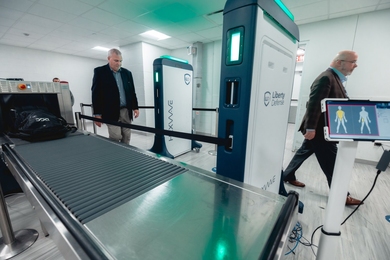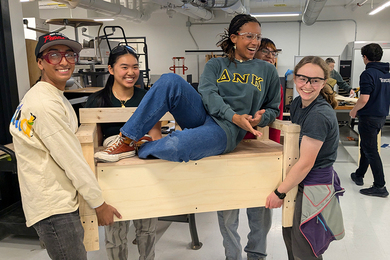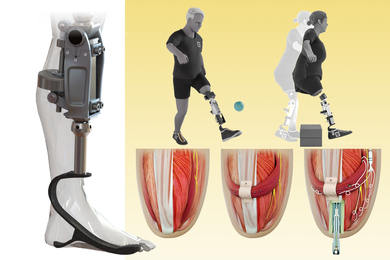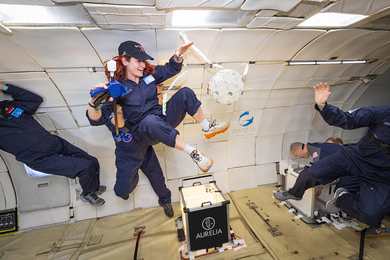The newly-formed City Science Initiative at the Media Lab is one of a number of research groups collaborating with SA+P’s new Center for Advanced Urbanism, an effort launched in the spring to focus on the planning, design, construction and retrofitting of urban environments for the 21st century. The City Science Initiative brings together Kent Larson’s work to develop new mobility systems, transformable urban housing and responsive technology; Sandy Pentland’s expertise in urban analytics and human dynamics; and César Hidalgo’s interest in big data and macro-connections. Below, a brief introduction to some of that ongoing work.
When City Science researchers consider the city of the future, their imaginations travel to the human-centric cities that were organized before the advent of the automobile. Like those historic destinations, the urban environment they envision would consist of a network of compact ‘cells’, or small neighborhoods, that offer most of what people need in the course of their daily lives, all within easy walking distance. Infused with new technology to maximize quality of life and minimize resource consumption, the cells would be connected to the wider urban infrastructure by public transport and shared vehicles.
An example of the sort of shared vehicles they have in mind is the now-famous CityCar, a folding electric two-seater that can pivot in place and glide blithely sideways into a parking space. Developed at the Media Lab, the car is being commercialized in Spain under the brand name Hiriko – Basque for ‘urban car’ – and German Railways is planning to acquire a fleet of them for a car-sharing network based at its stations. Meanwhile, City Science researchers are now working on a driverless version of the CityCar that would autonomously pick up and drop off passengers at their chosen points, then park and charge itself without human assistance.
Read the full article
When City Science researchers consider the city of the future, their imaginations travel to the human-centric cities that were organized before the advent of the automobile. Like those historic destinations, the urban environment they envision would consist of a network of compact ‘cells’, or small neighborhoods, that offer most of what people need in the course of their daily lives, all within easy walking distance. Infused with new technology to maximize quality of life and minimize resource consumption, the cells would be connected to the wider urban infrastructure by public transport and shared vehicles.
An example of the sort of shared vehicles they have in mind is the now-famous CityCar, a folding electric two-seater that can pivot in place and glide blithely sideways into a parking space. Developed at the Media Lab, the car is being commercialized in Spain under the brand name Hiriko – Basque for ‘urban car’ – and German Railways is planning to acquire a fleet of them for a car-sharing network based at its stations. Meanwhile, City Science researchers are now working on a driverless version of the CityCar that would autonomously pick up and drop off passengers at their chosen points, then park and charge itself without human assistance.
Read the full article






